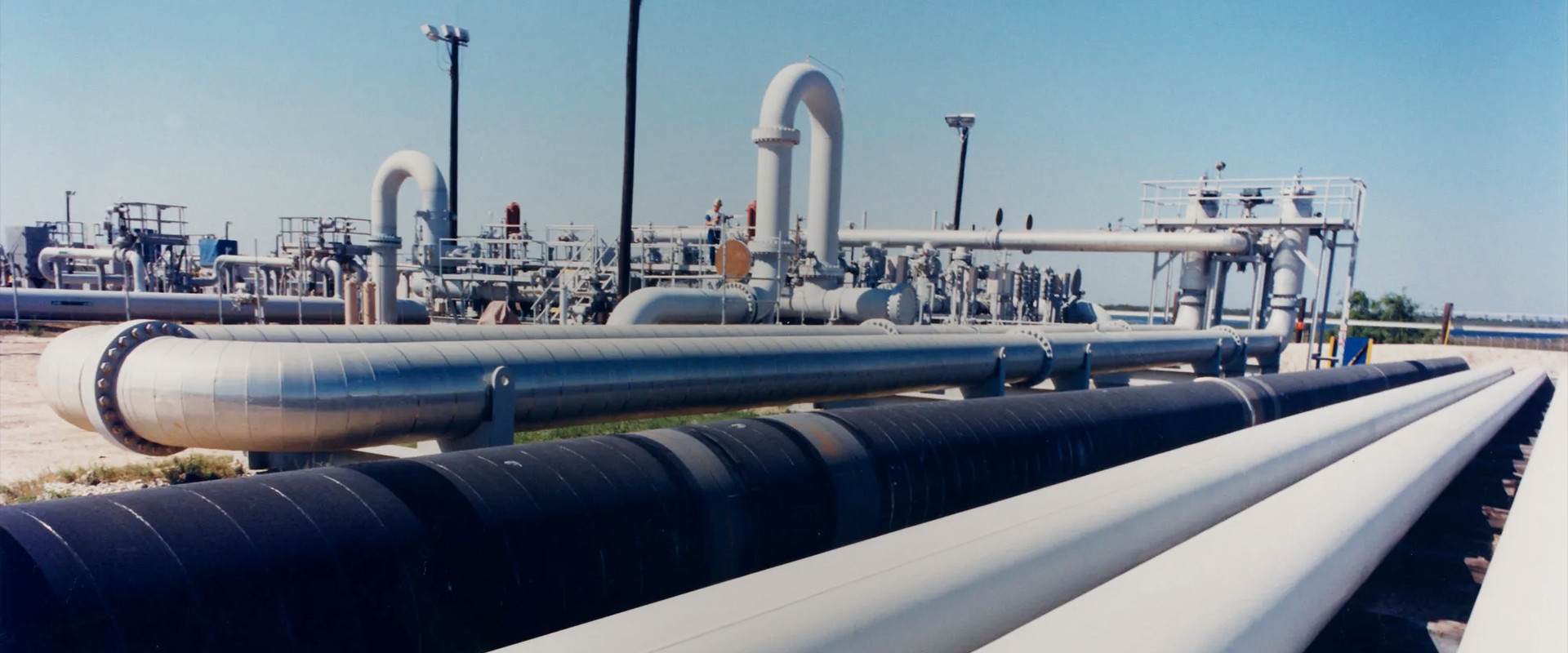-
Cangzhou Yulong Steel Co., Ltd.
-
Phone:
+86 13303177267 -
Email:
admin@ylsteelfittings.com
- English
- Arabic
- Italian
- Spanish
- Portuguese
- German
- kazakh
- Persian
- Greek
- French
- Russian
- Polish
- Thai
- Indonesian
- Vietnamese
- Zulu
- Korean
- Uzbek
- Hindi
- Serbian
- Malay
- Ukrainian
- Gujarati
- Haitian Creole
- hausa
- hawaiian
- Hebrew
- Miao
- Hungarian
- Icelandic
- igbo
- irish
- Japanese
- Javanese
- Kannada
- Khmer
- Rwandese
- Afrikaans
- Albanian
- Amharic
- Armenian
- Azerbaijani
- Basque
- Belarusian
- Bengali
- Bosnian
- Bulgarian
- Catalan
- Cebuano
- China
- China (Taiwan)
- Corsican
- Croatian
- Czech
- Danish
- Esperanto
- Estonian
- Finnish
- Frisian
- Galician
- Georgian
- Kurdish
- Kyrgyz
- Lao
- Latin
- Latvian
- Lithuanian
- Luxembourgish
- Macedonian
- Malgashi
- Malayalam
- Maltese
- Maori
- Marathi
- Mongolian
- Myanmar
- Nepali
- Norwegian
- Norwegian
- Occitan
- Pashto
- Dutch
- Punjabi
- Romanian
- Samoan
- Scottish Gaelic
- Sesotho
- Shona
- Sindhi
- Sinhala
- Slovak
- Slovenian
- Somali
- Sundanese
- Swahili
- Swedish
- Tagalog
- Tajik
- Tamil
- Tatar
- Telugu
- Turkish
- Turkmen
- Urdu
- Uighur
- Welsh
- Bantu
- Yiddish
- Yoruba

Aug . 20, 2024 00:34 Back to list
Repairing and Maintaining Galvanized Pipes for Optimal Performance and Longevity
Fixing Galvanized Pipe A Comprehensive Guide
Galvanized pipes have long been a staple in plumbing systems, recognized for their durability and resistance to corrosion due to a protective zinc coating. However, over time, these pipes can develop issues such as leaks, rust, and mineral buildup that can hinder their performance. Fixing galvanized pipes is essential for maintaining the integrity of your plumbing system and avoiding costly repairs down the line. This article provides a comprehensive guide to identifying common problems with galvanized pipes and outlines effective solutions.
Identifying Problems
The first step in fixing galvanized pipes is identifying the symptoms of failure. Common issues include
1. Rust and Corrosion Over time, the zinc coating can wear away, leading to rust formation. This not only weakens the structure of the pipe but can also lead to leaks. 2. Mineral Buildup Hard water can cause mineral deposits to accumulate inside galvanized pipes, leading to reduced water flow and pressure.
3. Leaks Joints can fail due to corrosion or inadequate sealing, resulting in water leakage that can damage surrounding areas.
4. Discolored Water If you notice a yellowish or brown tint to your water, it may be a sign of rust in the pipes.
Fixing Solutions
Once the problem has been identified, various solutions can be implemented
1. Pipe Replacement In cases of severe rust or extensive leaks, replacing the affected sections of the galvanized pipe may be the most effective solution. Use modern alternatives such as PVC, PEX, or copper pipes, which offer better durability and corrosion resistance.
fixing galvanized pipe

2. Repairing Leaks For minor leaks, there are several approaches - Epoxy Putty This can be applied to leaks as an immediate fix. Ensure the area is clean and dry before application. - Pipe Clamps A simple yet effective method involves wrapping a rubber patch around the leak and securing it with a hose clamp. - Soldering If you have experience with soldering, this can be a long-lasting repair, especially for small holes.
3. Removing Mineral Buildup If the flow is obstructed by mineral deposits, utilizing a descalent solution can help. You can also consider flushing the pipes with vinegar or a commercial descaler to dissolve the buildup. In severely clogged pipes, a plumber's snake or hydro jetting might be necessary.
4. Re-sealing Joints For issues with leaking joints, resealing may be required. This can involve disassembling the joint, cleaning the surfaces, applying plumbing tape or thread sealant, and reassembling.
Preventative Measures
To prevent future issues with galvanized pipes, consider the following preventative measures
1. Regular Inspections Periodically inspect your plumbing system for signs of wear, rust, or leaks. Early detection can prevent more extensive damage.
2. Water Quality Test your water quality regularly to check for hardness and corrosive properties. Installing a water softener can help reduce mineral buildup.
3. Proper Insulation Ensure pipes are adequately insulated, especially in colder climates. This can prevent pipes from freezing and subsequently bursting.
4. Maintain Water Pressure Excessively high water pressure can stress pipes and lead to leaks. Use a pressure regulator if necessary.
In conclusion, while galvanized pipes can pose challenges as they age, many problems can be effectively addressed with timely repairs and maintenance. By understanding the common issues and implementing practical solutions, homeowners can extend the lifespan of their plumbing systems and ensure reliable water delivery.
Latest news
-
ANSI 150P SS304 SO FLANGE
NewsFeb.14,2025
-
ASTM A333GR6 STEEL PIPE
NewsJan.20,2025
-
ANSI B16.5 WELDING NECK FLANGE
NewsJan.15,2026
-
ANSI B16.5 SLIP-ON FLANGE
NewsApr.19,2024
-
SABS 1123 FLANGE
NewsJan.15,2025
-
DIN86044 PLATE FLANGE
NewsApr.19,2024
-
DIN2527 BLIND FLANGE
NewsApr.12,2024
-
JIS B2311 Butt-Welding Fittings LR/SR 45°/90° /180°Seamless/Weld
NewsApr.23,2024











